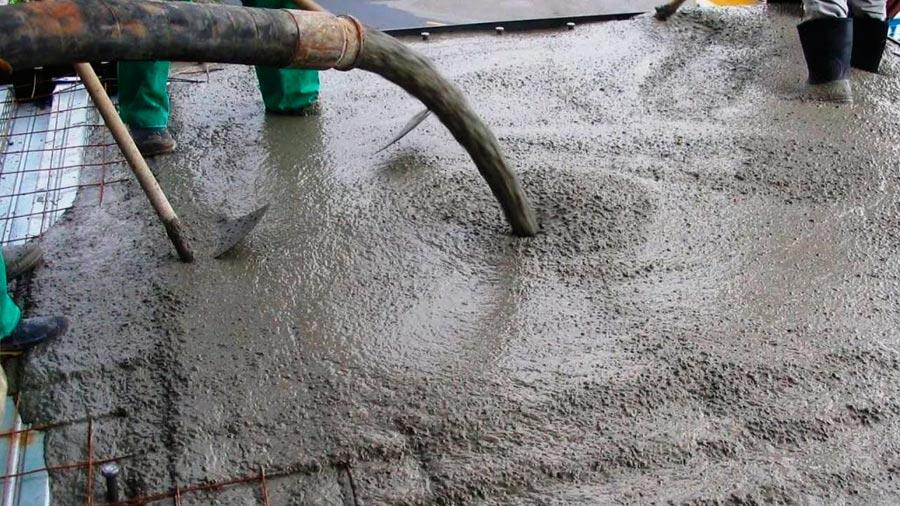Cement manufacturing accounts for 90 percent of global CO2 emissions from industrial processes. However, almost half of this element produced in the last 70 years by the development of concrete is estimated to have been reabsorbed by the material itself. This is the main conclusion of a study published in the journal Nature Geoscience, led by British and Chinese scientists in collaboration with the University of California, USA, and the Institute of Building Sciences Eduardo Torroja (CSIC) in Spain.
For this study, researchers analyzed individual studies worldwide with data between 1930 and 2013, and concluded that global cement is able to absorb a billion tons of atmospheric CO2 annually. “It is estimated that 4.5 gigatons of carbon have been reabsorbed by the cement between 1930-2013, in a process called carbonation,” according to the authors, who point out that this would be a compensation of 43 percent of CO2 emissions caused by the production of concrete in the same period, also in the world.
However, these figures do not take into account the CO2 emissions associated with fossil fuels in the cement production involved. The scientists focused on four types of concrete materials: concrete, mortar, cement residues construction dust and cement kiln China, the United States, Europe and rest of the world, according to a British University of East Anglia.
The results conclude that the concrete can also be a major sink for CO2, according to the authors, who argue that this would be taken into account for future calculations. Carmen Andrade, Institute of Building Sciences Eduardo Torroja and one of the authors of the article, the main message of this research is that the cement emits CO2, but recovered part of it and would be taken into account for future calculations related pollution from this gas. “The vegetation absorbs and emits CO2, this process could be considered similar,” she summarized the researcher.
Source: EFE











